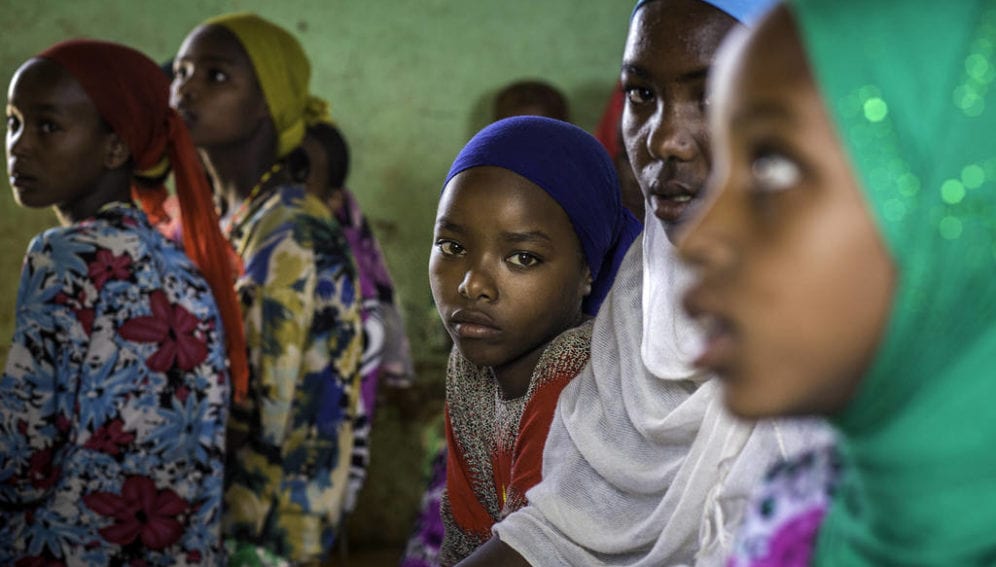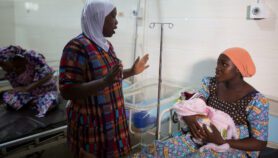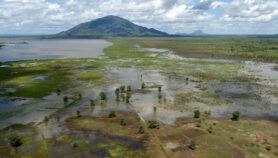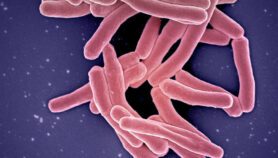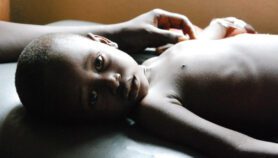By: Imogen Mathers
Send to a friend
The details you provide on this page will not be used to send unsolicited email, and will not be sold to a 3rd party. See privacy policy.
“Should child protection interventions focus on parents as well as children? We should recognise that some of the most vulnerable parents are children.”
For me, these harrowing words, spoken during a meeting on child rights and poverty in London last week, underlined a problem apparently widespread within child protection initiatives in low- and middle-income countries: that the hardships facing vulnerable children cut across different issues — from poverty and education to sexual exploitation and child trafficking — but dialogue between those working in these sectors is scarce.
The event, ‘Does poverty drive violence against children’, at the Overseas Development Institute (ODI) on 3 December, marked the culmination of a three-year ODI research project to improve understanding of how poverty affects child well-being. The project aimed to strengthen links between poverty reduction strategies and child protection initiatives and to put the spotlight on marginalised child protection issues, with case studies from Ethiopia, Uganda and Vietnam.
The panelists spoke of the multiple ways that issues affecting children intersect, and the need for those devising interventions on poverty reduction and child protection, and academics working on these issues, to work more closely together.
For example, Kiya Gezahegne, a lecturer in social anthropology at Addis Ababa University, Ethiopia, spoke of the different issues facing girls involved in Ethiopia’s ‘Maid Trade’, which between 2011 and 2012 saw 200,000 women and girls — some as young as ten — migrate to the Gulf States to work as domestic servants.
She described the way that different stages of the migration process create new, often intersecting vulnerabilities for girls. Girls are pushed to migrate due to poverty, a lack of employment opportunities considered ‘appropriate’ for girls in Ethiopia, limited access to formal education, and the comparatively high remittances afforded by domestic work in the Gulf. And because Ethiopian traditions place a high value on a girl’s pre-marital virginity, many families arrange for their daughters to be married, often to men far older than themselves, before they depart for the Gulf, Gezahegne said.
Effective child protection interventions require a broader focus on issues of poverty reduction, employment opportunities, health and education access, and educating parents about child rights.
At each stage of this migration process – pre-departure, journey, destination and return – many of the 1,500 girls who migrate from Ethiopia each day face multiple traumas, including physical, sexual and psychological abuse by traffickers and domestic employers, and a lack of material or psychological support when they return to Ethiopia. Girls who are smuggled by people traffickers and illegal brokers, rather than migrating legally as contract workers, are particularly vulnerable to abuse during the journey to the Gulf, she said.
The panelists stressed that effective child protection interventions require a broader focus on issues of poverty reduction, employment opportunities, health and education access, and educating parents about child rights. Overall, the area would benefit from more cross-sector collaboration, they said.
More needs to be done to tap into academic research on broad issues relating to child rights, and to ensure researchers from different sectors share findings more effectively, they added.
Resolving the “chronic lack of linkage and strategy around addressing these problems and the lack of connection between sectors”, as Caroline Harper, head of the ODI’s social development programme, put it, would be vital to creating more successful interventions for child protection.
> Link to the ODI’s ‘Sexual exploitation of adolescent girls in Uganda’ report
> Link to the ODI’s ‘Rethinking the ‘Maid Trade’’ report
See an ODI animation below:


